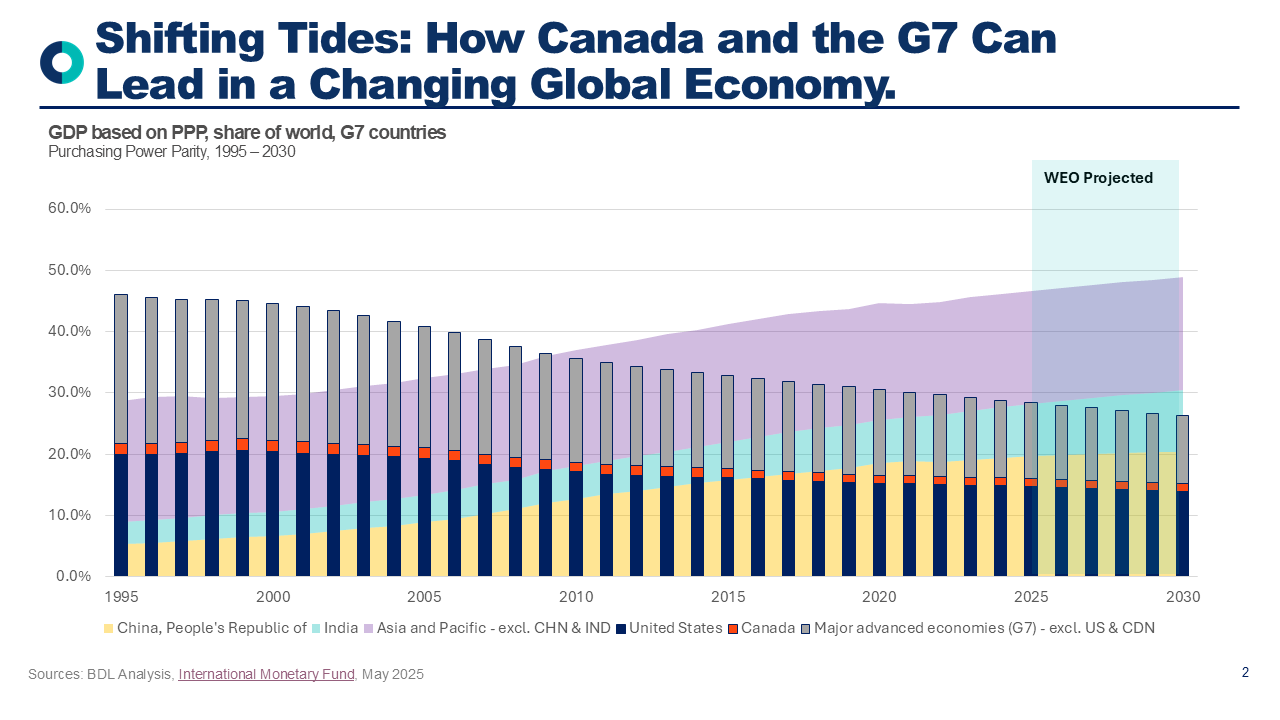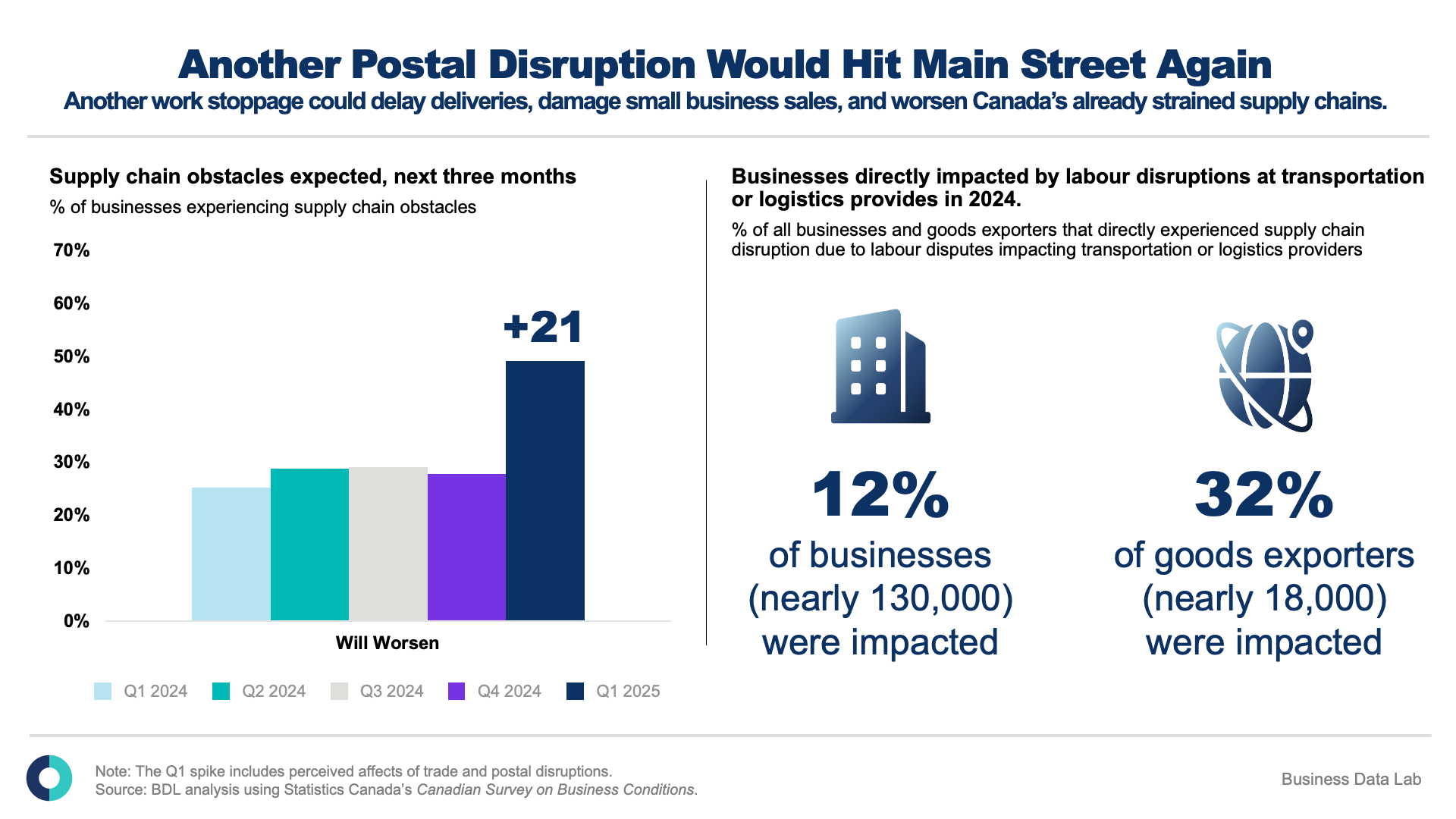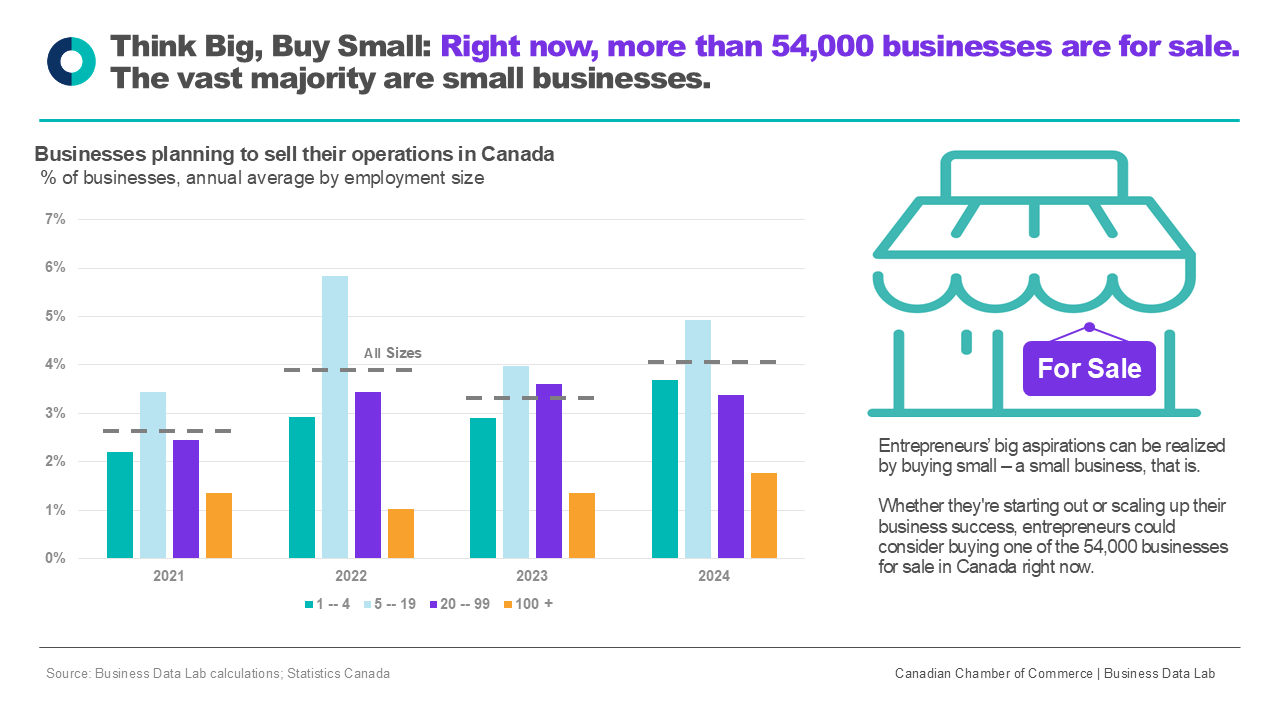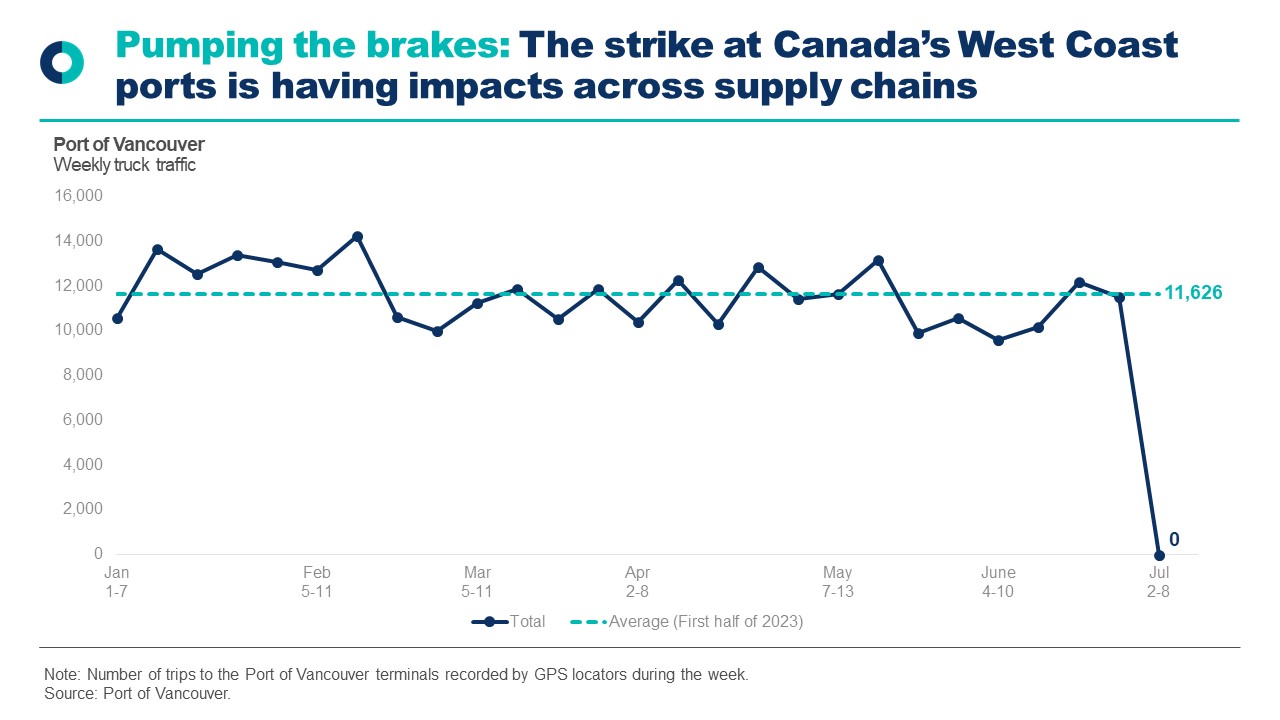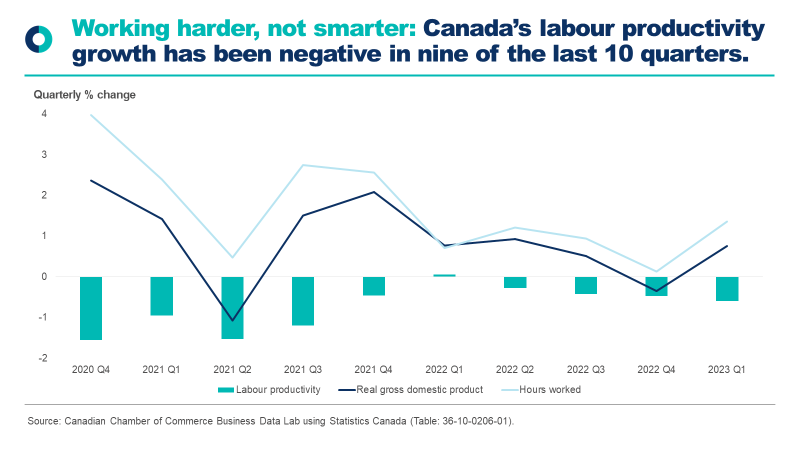Who Depends Most on Trade? Mapping Global Vulnerabilities of G20 countries
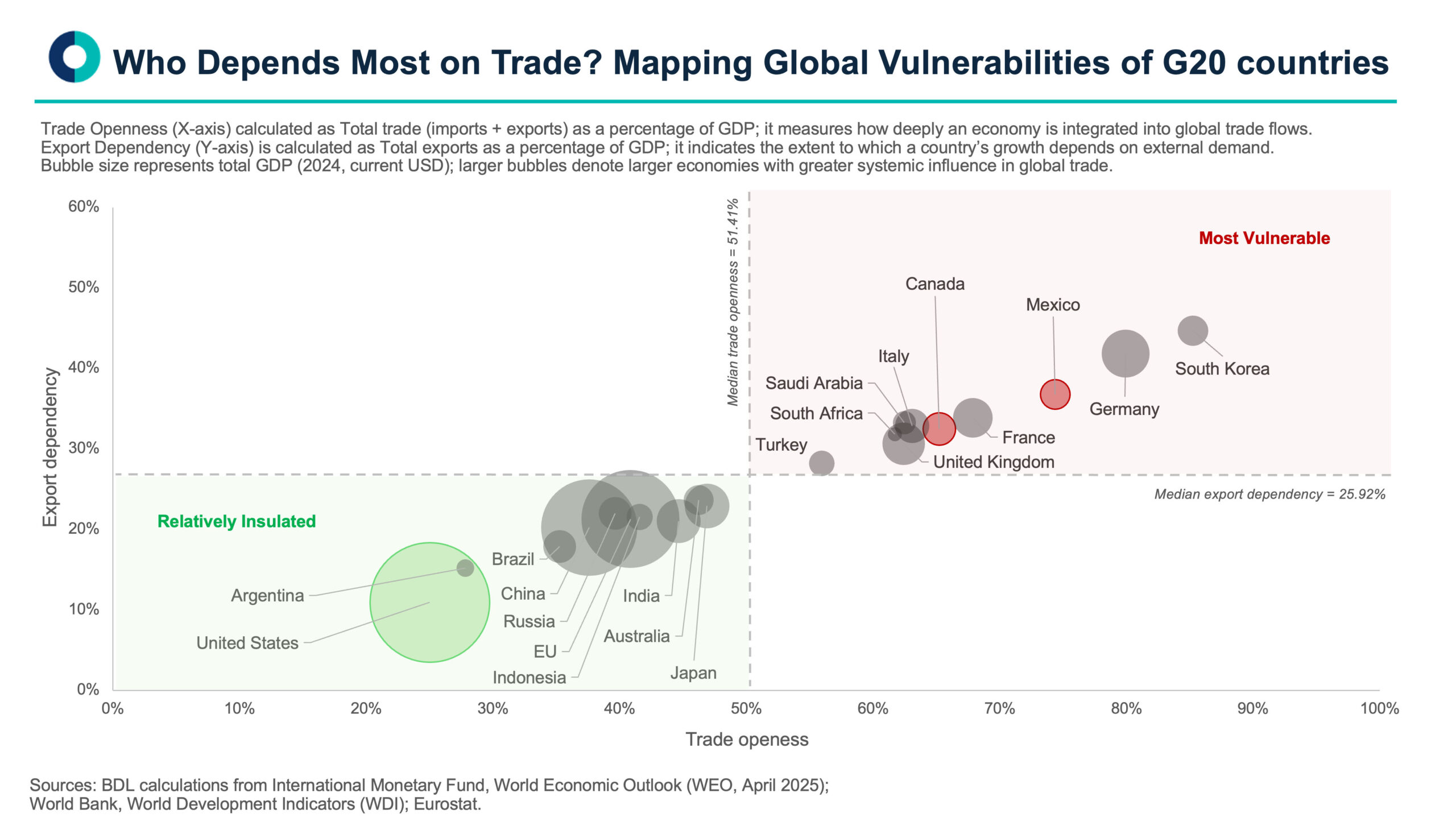
Trade Vulnerability Across B20 Economies:
As the B20 South Africa 2025 Summit focuses on “Inclusive Growth and Shared Prosperity through Global Cooperation,” understanding how reliant major economies are on global trade is essential. Rising protectionism, tariff escalations, and the upcoming CUSMA/USMCA review are reshaping global trade dynamics and testing the resilience of highly open economies. To understand which countries are most vulnerable to trade policy shocks, we need a clear picture of how much national economies rely on trade and particularly on exports for their growth. This chart places major economies into four quadrants, based on their relative trade openness (how much of their economy depends on trade flows) and export dependency (how much depends on selling goods and services abroad).
Countries such as Canada, Mexico, Germany, and South Korea fall into the most vulnerable quadrant, characterized by high openness and high export dependency. These economies are deeply integrated into global value chains, deriving much of their growth from cross-border trade and external demand. While this integration has fueled long-term prosperity, it also leaves them highly exposed to global demand slowdowns, tariff shifts, and supply-chain disruptions. Their openness magnifies both the benefits and the risks of globalization.
In contrast, the United States, Argentina, Brazil, India, and China sit in the relatively insulated quadrant, with lower trade openness and export dependency. Their large domestic markets provide a cushion against external volatility, giving policymakers greater flexibility during trade tensions. This structure explains why the U.S. can deploy tariffs with limited domestic damage, while export-dependent partners – especially Canada and Mexico under CUSMA – face higher economic risk.
For the B20, these findings underline the need to balance openness with resilience. Economies that have thrived under globalization now face the greatest exposure to its instability. Strengthening supply-chain diversification, expanding intra-B20 trade, and reinforcing rules-based cooperation will be critical to ensuring that openness remains a source of shared prosperity, not vulnerability – the central ambition of the B20’s 2025 agenda.
Methodology:
The analysis includes all G20/B20 economies with the data being compiled using Macrobond, drawing from the IMF World Economic Outlook (WEO, April 2025 vintage) for GDP (current USD, 2024) and the World Bank World Development Indicators (WDI) for exports and imports of goods and services (current USD, 2024). Trade openness is defined as (exports + imports) ÷ GDP, capturing the degree of integration into global trade, while export dependency is exports ÷ GDP, measuring reliance on external demand for growth. Bubble sizes represent total GDP (2024, current USD), indicating each economy’s relative scale and systemic influence. All figures are in current U.S. dollars and illustrate economies’ structural exposure to global trade, rather than short-term performance. For the European Union, trade data reflect extra-EU exports and extra-EU imports sourced from Eurostat.









